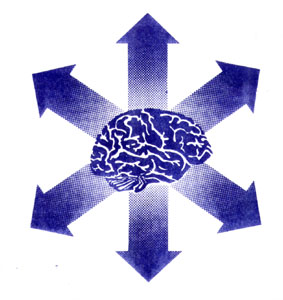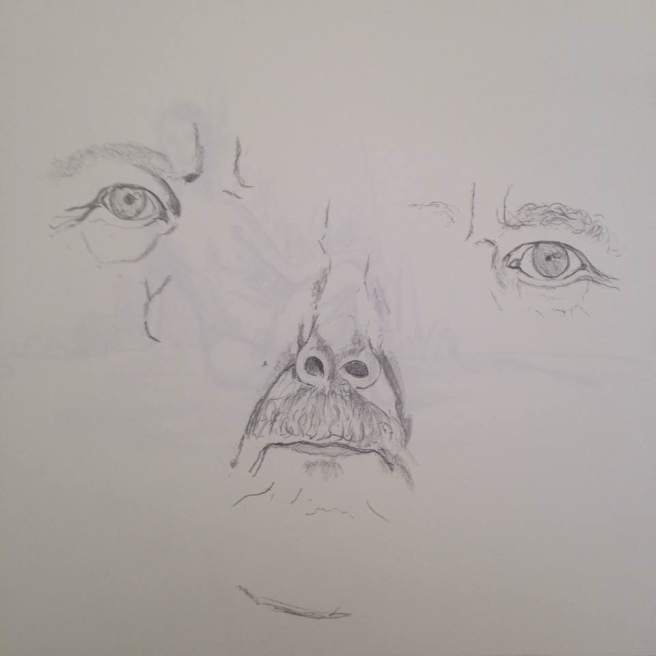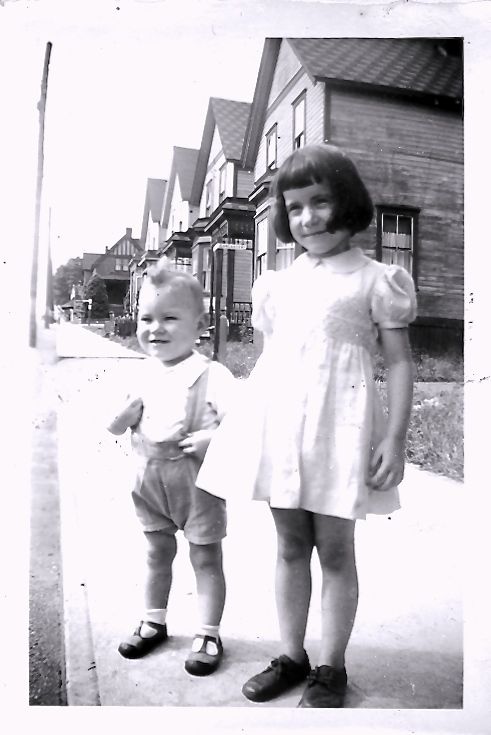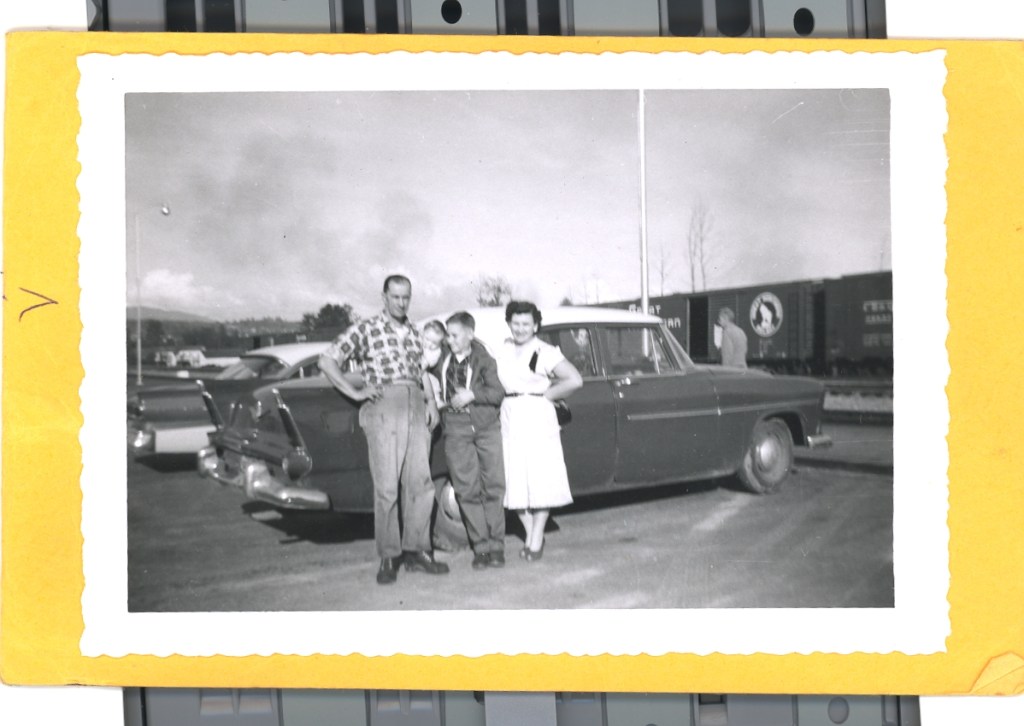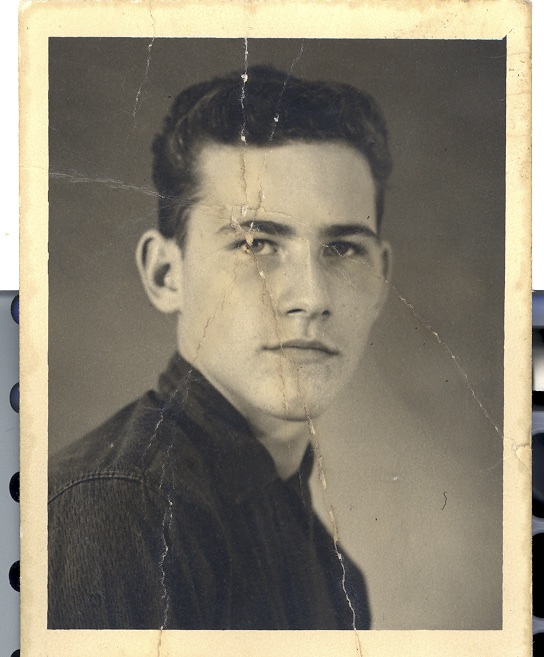Yesterday late afternoon we had a short meeting with Dr. Nicol Macpherson, an oncologist at the BC Cancer Agency. As I expected it was a watershed moment in my myeloma journey.
Macpherson started by asking us to get him up to date. So, I laid out the disastrous weekend I experienced after my last Carfilzomib infusion on September 15th and suggested I was done with chemotherapy because it was all too toxic for me. Macpherson agreed. We talked briefly about a drug called selinexor that is being used for patients who are ‘quad- or penta-refractory’ meaning that they have had four or five previous treatment protocols that are completely ineffective, so that patients are not responding at all to treatment or are responding poorly. That’s me. We agreed that it was unwise for me to even consider selinexor as an option given my history with chemo meds, and especially given the fact that the BCCA doesn’t have the resources to fully support a high-risk myeloma patient like me with a need for very individualized and attentive care. In fact, all along my myeloma journey I’ve been treated like a regular myeloma patient when in fact I was always high-risk and subject to very severe adverse reactions to chemotherapy.
Macpherson also acknowledged that I was likely experiencing myeloma several years prior to my diagnosis, something that contributed to the restricted treatment options I now faced. If I had been diagnosed earlier, for instance, I may have qualified for an autonomous stem cell transplant. Not now, I’m too old. So, where do we go from here? As the cliché goes, only time will tell.
So, I’m still discombobulated. It goes with the territory. It’s difficult to keep things ‘together’ at a time when the universe is conspiring to tear it all apart.
I wondered aloud in the interview with Macpherson as to what kind of myeloma I had and how aggressive it could get. I speculated that I had lambda light chain myeloma* but he didn’t agree with that. He noted that the rise in my lambda free light chains was not a significant factor in the course of my disease and that I should not be concerned about falling over dead in the next few days. In fact, he assured us that my prognosis was for a very gradual decline in my condition, that I would most definitely live to see my 76th birthday on January 4th, and live for a significant time afterwards. That’s the justification for the title of this blog post wherein I note that we have ‘moderately’ good news: I’m not in imminent danger of dropping dead. It will take time. He even hinted at the possibility that I may regain some quality of life since I won’t have chemotherapy to completely mess with me. We’ll see. I guess taking longer to die is good news.
Now, I’m scheduled for some radiation treatments in Victoria. I have five days of treatments on my plasmacytoma, and one on my right femur where I have a large lesion. The plasmacytoma on my left side close to my vertebral column has grown a lot since February. Actually it didn’t exist until February, so they figure it’s time to shrink it. Hence, the radiation. I’ve had radiation before, on my jaw. This time it will be much more extensive but I hope it does what it’s supposed to do, and that’s reduce pain. It’s technically a palliative radiation.
On a last note, as I wrote in my last post, anticipatory grief is real and can be devastating, more so for survivors than for the person who is dying. In this CNN segment, Anderson Cooper discusses anticipatory grief in relationship to the decline and death of his nanny. Check it out. It’s worth it. The best way to view this clip is to go to YouTube.
________________________________________________________________________
*There are several types of myeloma. Light chain myelomas are rare. I don’t really understand the chemistry of light and heavy chains, so I don’t expect you to, but it’s clear from what Macpherson told us that I have fairly stable bloodwork. My 589 mg/L of light chains is not an issue, because my myeloma proteins are normal. So there’s that.
